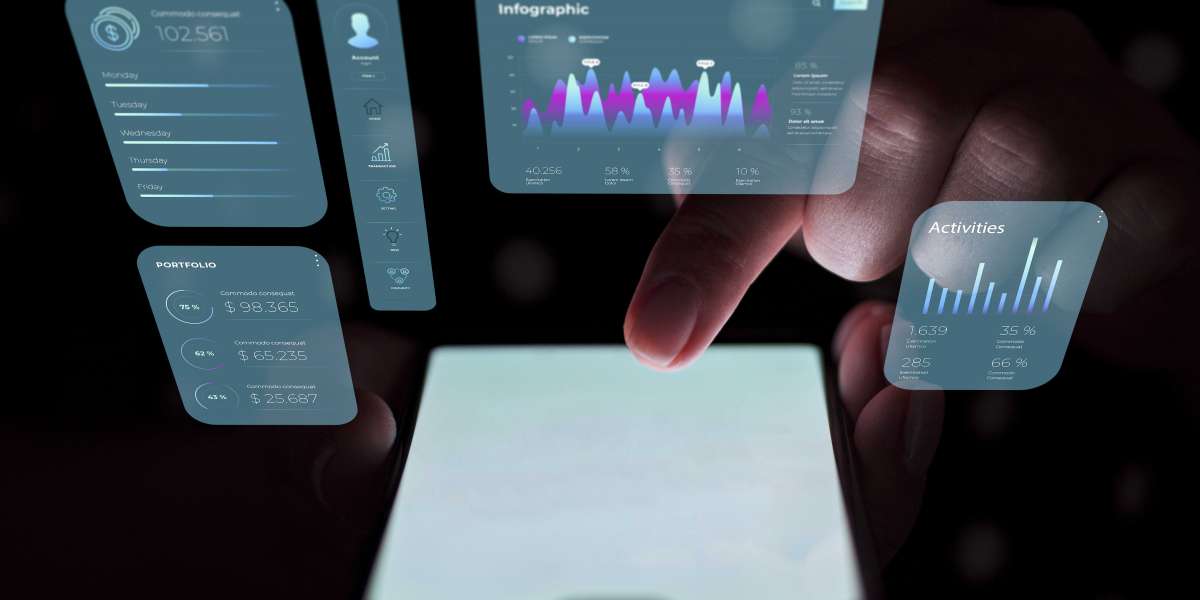Introduction:
In today's digital landscape, the prevalence of mobile devices necessitates a shift towards mobile-first design methodologies. While this approach offers immense potential, it also presents distinct challenges that designers must navigate to ensure optimal user experiences.
Fragmentation Across Devices and Platforms:
The diverse array of mobile devices and platforms available introduces a challenge of maintaining consistency and compatibility. Designers must strategize to ensure seamless experiences across various screen sizes, resolutions, and operating systems, employing techniques like responsive design to adapt to this fragmentation.
Limited Screen Real Estate:
The confined screen real estate of mobile devices compared to desktops poses a significant constraint. Designers must prioritize content and features judiciously, employing tactics like content hierarchy and collapsible menus to maximize usability without overcrowding the interface.
Performance Optimization:
Optimizing performance for mobile devices is paramount for ensuring fast loading times and smooth interactions. Designers should focus on minimizing file sizes, leveraging caching mechanisms, and implementing efficient loading strategies to enhance user experience and conversion rates.
Touch Interface Challenges:
The transition from mouse-based interactions to touch interfaces introduces unique usability challenges. Designers must address issues such as accidental taps and fat-finger syndrome, employing design principles like larger tap targets and visual feedback to enhance touch interface usability.
Content Prioritization and Navigation:
Concise content and intuitive navigation are critical for effective mobile-first design. Designers should carefully organize content and streamline navigation, utilizing techniques like clear hierarchy and swipe gestures to facilitate seamless user journeys on smaller screens.
Testing and Iteration:
Comprehensive testing across devices, browsers, and network conditions is essential for refining mobile experiences. Designers should embrace an iterative approach, incorporating user feedback to continually improve and optimize mobile-first designs.
Conclusion:
Mobile-first design presents both opportunities and challenges in creating compelling user experiences. By addressing these challenges thoughtfully and iteratively, designers can unlock the full potential of mobile interfaces, enhancing engagement and satisfaction for users across diverse devices and platforms.








